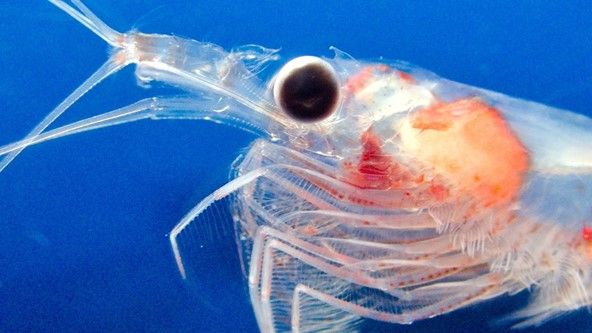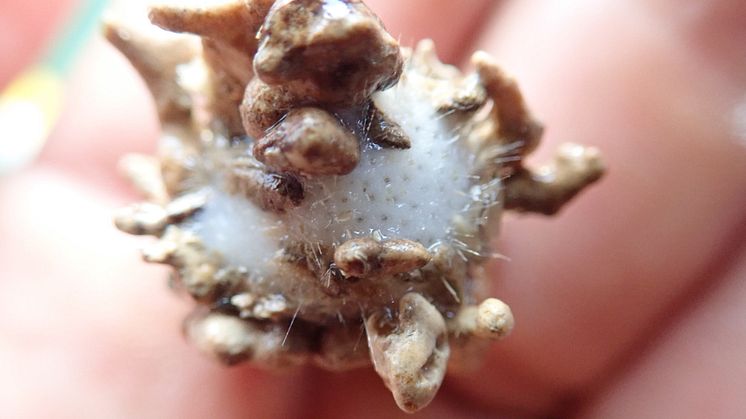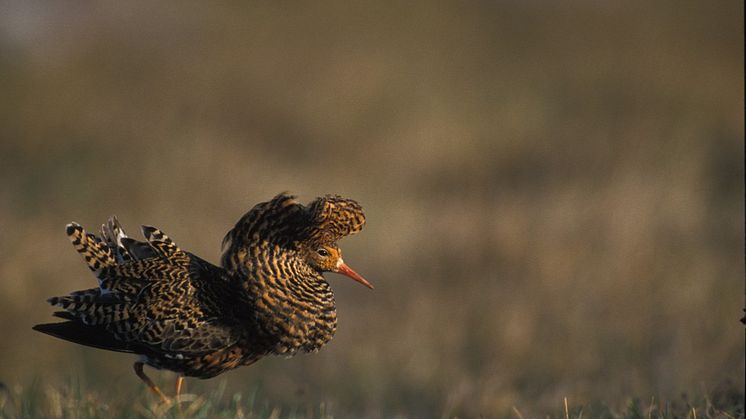Deaths in heatwaves are predictable
More than 100,000 people are estimated to have died as a result of extreme heat during the summers of 2022 and 2023 in Europe. A new study shows that it is possible to make accurate forecasts of heat-related mortality about a week in advance. The forecasts could be used in heat warnings to protect vulnerable groups.












